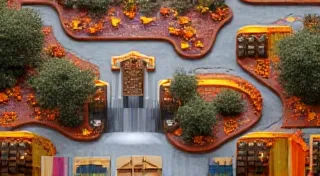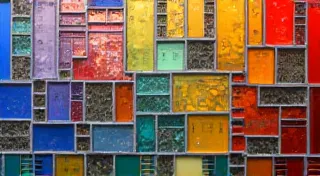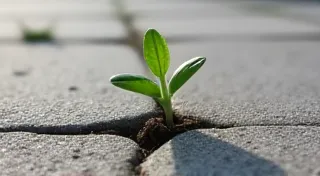The Gilded Scar: Resilience and the Writer's Block
There’s a quiet dignity to old things. Not the pristine, showroom shine of the new, but the settled grace of a life lived, a history etched into every crack and chip. I’ve always felt that particularly strongly with antique accordions. The way their bellows sigh when pressed, the gentle weight in your hands, the echoes of forgotten melodies – they whisper stories of ballroom dances and traveling musicians, of laughter and tears, of journeys taken and songs left unfinished. Recently, though, my own creative journey has felt…stalled. A writer’s block, thick and impenetrable, seemed determined to silence my own voice. It was in the search for solace, for inspiration, that I stumbled upon the Japanese art of Kintsugi, and found a profound resonance with my own struggle.
Kintsugi, meaning “golden joinery,” is the art of repairing broken pottery with lacquer dusted or mixed with powdered gold, silver, or platinum. It’s more than just a repair technique; it's a philosophy, a worldview. It's a testament to the beauty of imperfection. The notion isn't to hide the damage, to painstakingly erase the evidence of breakage. Instead, the cracks are celebrated, highlighted with precious metal, transforming a broken object into something even more beautiful and valuable than it was before. This approach stood in stark contrast to my own tendency to obsess over flaws, to strive for an unattainable perfection that only fueled my frustration and blocked my creative flow.
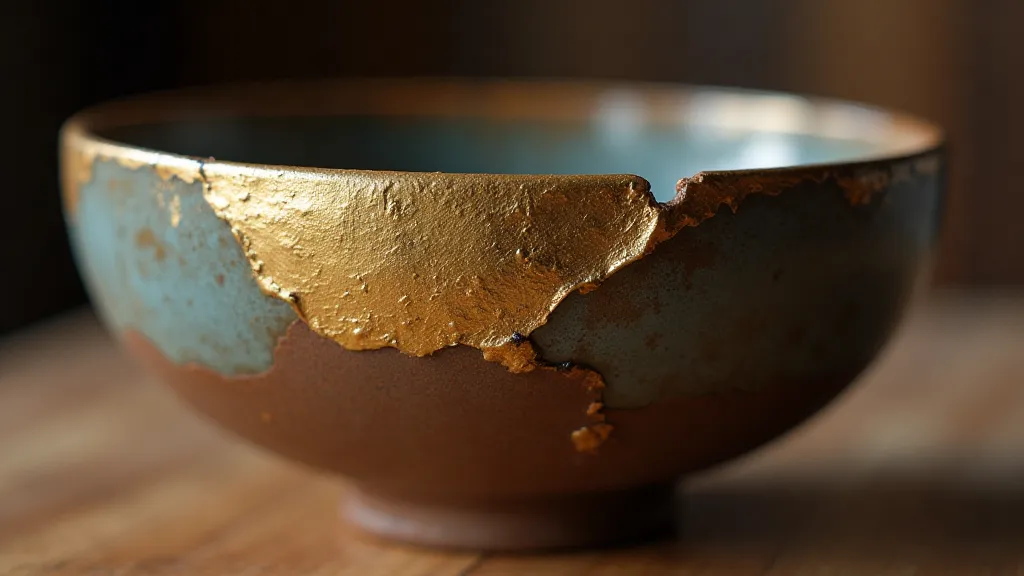
A History Etched in Gold
The origins of Kintsugi are shrouded in a captivating blend of legend and historical fact. The most popular story attributes its genesis to 15th-century Kyoto. Ashikaga Yoshimasa, the shogun of the time, broke his favorite tea bowl and sent it to China to be repaired. The Chinese method, while functional, lacked aesthetic appeal. Disappointed, Yoshimasa sought a more beautiful solution from Japanese artisans. What they created was revolutionary: embracing the breakage, highlighting the cracks with gold, and elevating the damaged bowl into a unique work of art. This story, whether entirely factual or embellished over time, beautifully encapsulates the core philosophy of Kintsugi – finding beauty in the imperfect.
The practice aligns seamlessly with other tenets of Japanese aesthetics, particularly wabi-sabi, which emphasizes the acceptance of transience and imperfection. In a culture deeply connected to nature and the cyclical nature of life, the idea of clinging to pristine, unchanging objects would be considered an unnatural striving. Damage, wear, and age are not signs of failure but rather indicators of a life well-lived, a story experienced.
The Craft of Repair: More Than Meets the Eye
The process of Kintsugi is surprisingly complex and requires immense skill and patience. Traditional techniques involve using urushi lacquer, a naturally occurring resin derived from the urushi tree. This lacquer needs to be meticulously prepared, applied in thin layers, and allowed to cure for extended periods – sometimes months. The application of gold, silver, or platinum isn't a simple dusting; it's a delicate blend of powdered metal and lacquer, painstakingly applied to the cracks and then polished to a gleaming finish.
Modern adaptations sometimes use epoxy resin mixed with metallic powders for quicker repair times, but these lack the same depth and longevity of the traditional urushi method. The true artistry lies not only in the technical skill but also in the understanding of the material, the appreciation for the history of the piece, and the ability to transform a broken object into something truly exceptional. A truly accomplished Kintsugi artist doesn't just repair a bowl; they breathe new life into it, adding a layer of meaning and beauty that transcends its original form.
Finding Parallelism: Writer’s Block and the Golden Crack
My writer’s block felt remarkably similar to a shattered vase – a once beautiful creation fragmented by self-doubt and the relentless pursuit of an idealized outcome. Each rejected draft, each critical comment, felt like another crack, widening the distance between me and the story I wanted to tell. I was so focused on eliminating the "flaws" that I was suffocating the very essence of the work. The more I tried to force it, the more elusive the words became.
Then, the philosophy of Kintsugi started to resonate. What if, instead of trying to erase the imperfections, I embraced them? What if the very struggles and doubts I was experiencing became part of the story, adding depth and authenticity? What if the “cracks” weren’t weaknesses but opportunities for growth, for a new and unexpected beauty?
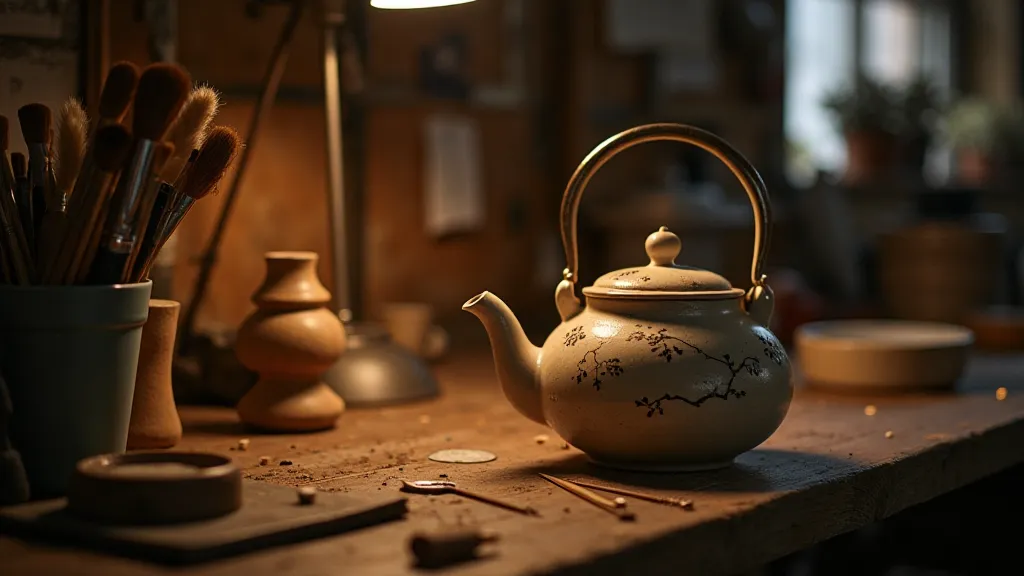
Applying this principle to my writing, I started to approach the process with a newfound sense of freedom. I stopped obsessing over perfect sentences and instead focused on getting the story down, allowing for rough edges and imperfections. I welcomed the vulnerabilities, the doubts, the moments of frustration, recognizing them as integral parts of the creative journey. The writing started to flow again, not in a torrent of flawless prose, but in a steady stream of authentic expression.
Collecting and Appreciation: The Value of History and Imperfection
The growing popularity of Kintsugi has also created a burgeoning market for repaired pottery. Authentic, traditionally repaired pieces, especially those bearing the mark of renowned artisans, can command significant prices. However, the true value isn't solely determined by monetary worth. The inherent appreciation for a Kintsugi piece lies in its story, its history, and the artistry of the repair.
For collectors, a Kintsugi piece is more than just a decorative object; it's a tangible representation of resilience, of transformation, and of the beauty of imperfection. It’s a reminder that even broken things can be made whole again, and that sometimes, the cracks are what make them truly special. It’s an object imbued with a profound sense of meaning, a testament to the enduring power of the human spirit.
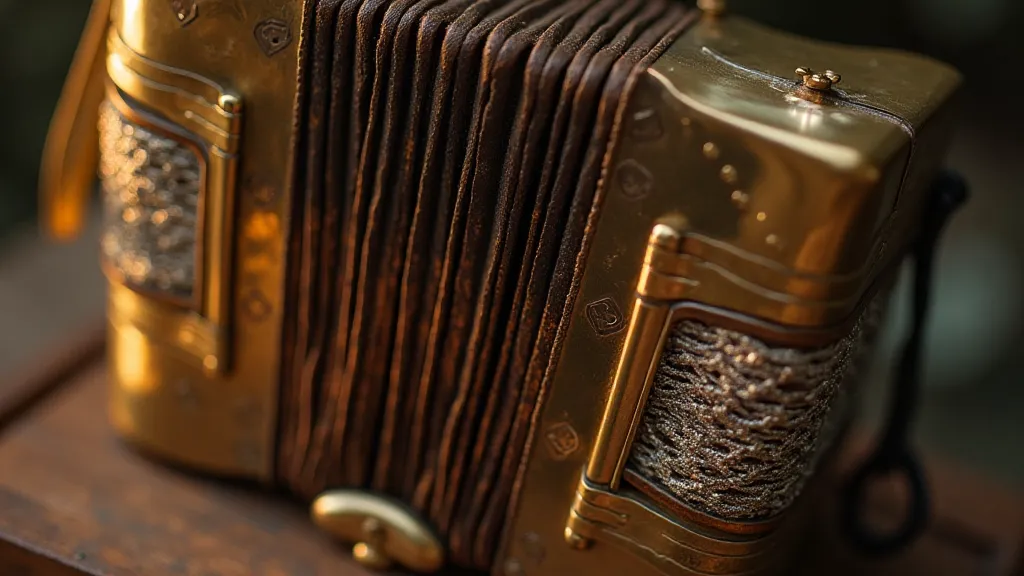
Ultimately, the lesson of Kintsugi extends far beyond the realm of pottery repair. It’s a universal truth applicable to all aspects of life – from personal relationships to professional endeavors. It reminds us to embrace our imperfections, to learn from our mistakes, and to find beauty in the brokenness. Just as a cracked vase can be transformed into a gilded masterpiece, so too can we find strength and resilience in the face of adversity, allowing our “cracks” to illuminate our path and enrich our lives.
